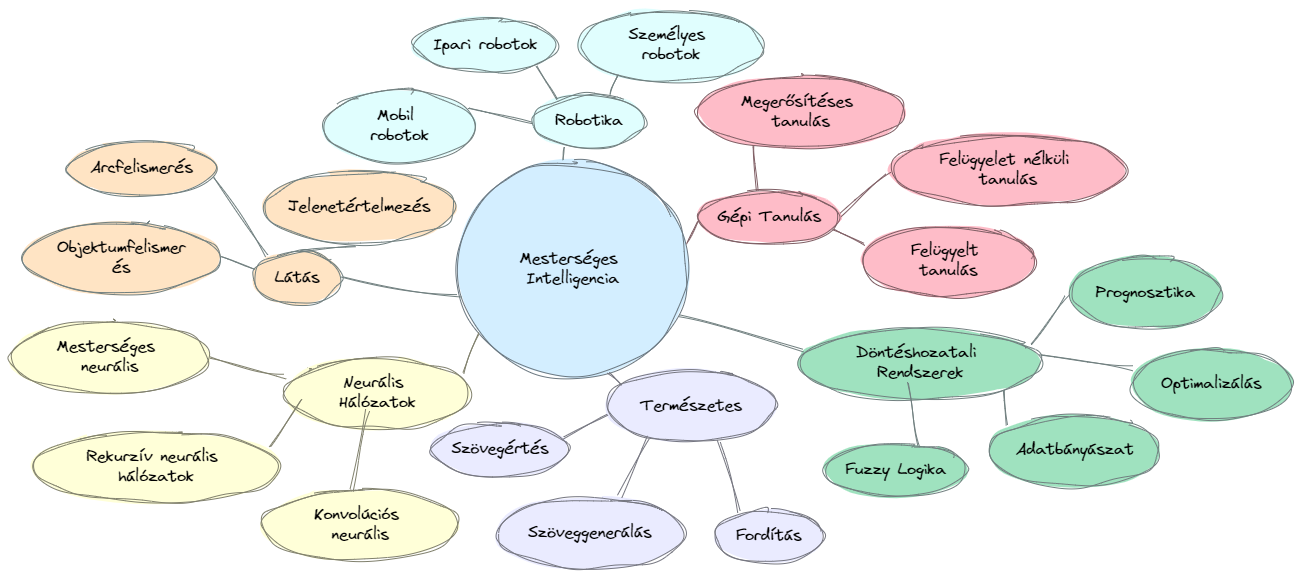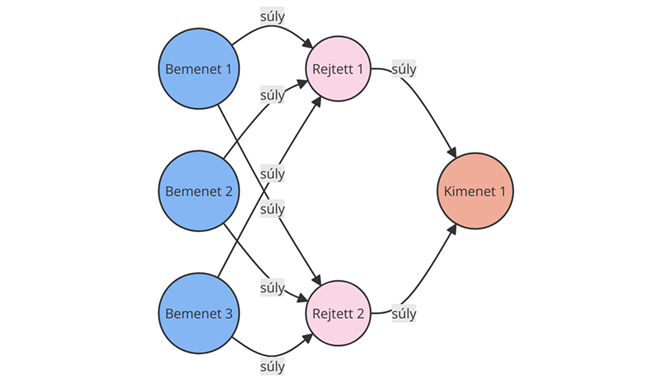
The Revolution of Artificial Intelligence – Historical Overview
Introduction
Welcome to the first part of the "AI Revolution: The Future of Technology" series! Artificial Intelligence (AI) has undergone remarkable changes in recent decades, fundamentally altering the technological world and its impact on our society. To understand the current technological development and its direction, it is essential to know past events and trends. This historical overview not only reveals how today's artificial intelligence has evolved but also helps understand why things happen as they do and what directions technology may take in the future.
Let's begin our journey in the early days of artificial intelligence and trace its evolution to the pinnacle of modern technology. In this part, we'll examine how artificial intelligence progressed from simple experiments to today's complex, autonomously learning systems. Together, let's explore the milestones and innovations that have defined this exciting journey, shedding light on our future possibilities and challenges.

Visualization of the historical timeline of artificial intelligence - Generated with ChatGPT
The Beginnings of Artificial Intelligence
The history of AI began in the 1950s when early computers and the first theoretical models emerged. One of the most important figures, Alan Turing, proposed the famous Turing Test in his work "Computing Machinery and Intelligence," which served as a measure of machine intelligence. During this time, the term "artificial intelligence" was also coined, led by John McCarthy, who held a workshop at Dartmouth in 1956, officially establishing the field of AI research.
These initial steps had a significant impact on technological development as researchers explored the connections between computers and human thinking. In the early days of AI, research primarily focused on fundamental questions, such as how a machine could think logically, solve problems, or even process human language.
This period served to define the foundations of AI, and although technology was limited, research laid the groundwork for the breakthroughs of later decades.

The fathers of artificial intelligence
Technological Development and Neural Networks
The 1980s brought significant changes in the field of artificial intelligence. During this time, techniques of "deep learning" began to emerge, enabling machines to learn based on their experiences. John Hopfield and David Rumelhart popularized these techniques, allowing computers to learn and evolve autonomously.
Another important development was the emergence of "expert systems," introduced by Edward Feigenbaum. These systems mimicked the decision-making processes of human experts, enabling machines to make complex decisions without human intervention. These systems were widely used in various industries, such as banking and finance.
The Fifth Generation Computer Project (FGCP), financed by the Japanese government, provided further impetus to AI research. The project aimed to revolutionize computer processing, AI research, and promote communication between machines and human language. Although the project did not achieve all its ambitious goals, it had a significant impact on technological development and inspired future generations.
These developments significantly contributed to the advancement of AI and opened up new opportunities for the application of technology.

Representation of an artificial neural network with circular neurons and connections between them - Generated with ChatGPT
Challenges and AI Winters
In the history of artificial intelligence, there have been several occurrences of so-called "AI winters" when interest and funding significantly declined. The first such period occurred in the late 1970s, followed by another in the late 1980s. These periods emerged due to technological and scientific challenges, as well as excessive expectations.
In the 1970s, James Lighthill's report, which criticized AI research, had a significant impact on the reduction of government support for AI research in the UK. This trend was coupled with a decrease in support in the United States as well, slowing down research and development.
A similar decline occurred again in the late 1980s when investors became disillusioned with the results provided by AI and withdrew their support. These periods posed challenges for AI research and applications and had a significant impact on the field's development.
However, these "AI winters" provided important lessons. They highlighted the need for AI research to set realistic goals and to be mindful of the pace of technological development. These periods allowed researchers to reconsider the foundations of AI and to seek new paths for progress.

Artificial Intelligence (AI) Winter Illustration - Generated with DALL-E
The AI Boom and Contemporary Development
A significant breakthrough occurred in the late 1990s when IBM's Deep Blue chess program defeated world champion Garry Kasparov in 1997. This event rekindled global interest in artificial intelligence. In the following decades, especially in the 2000s, research and application of artificial intelligence reached new heights. The success of Google's AlphaGo in 2016, which defeated Lee Sedol, the Go world champion, further strengthened the potential of machine learning.
Thanks to the processing of large amounts of data and the rapid growth of computing capacity, deep learning and neural networks, such as convolutional neural networks (CNN) and generative pretrained transformers (GPT), brought about further innovations in the field of AI.
These developments enabled the widespread application of AI in various areas of everyday life, including computing, financial services, healthcare, and many more. Artificial intelligence is no longer just a research area but a widely applied technology that fundamentally transforms industry, science, and society.
The pace of development of artificial intelligence over the past decades has been impressive, and expectations for future developments remain high. As technology continues to advance, its potential to bring about positive changes in various aspects of the world increases.

Garry Kasparov faced off against Deep Blue, the IBM chess program, in 1997, and ultimately lost the match.
Conclusion and Future Prospects
The development of artificial intelligence over the past decades has been remarkable, and future prospects are even more promising. Technological innovations and large amounts of data allow AI to be applied in even more areas and can help address global challenges.
In the future, AI is expected to play an even greater role in every aspect of society and industry. Personalized medicine, development of smart cities, increasing energy efficiency, and combating global climate change are just a few examples of how AI can help address future social and environmental challenges.
AI research will remain important, and continuous development ensures that the technology has a positive impact on the world. While we monitor the development of AI, it is important to consider ethical and social issues alongside technological innovations to ensure the sustainable and responsible application of AI.

Artificial intelligence thinks about the future - Generated with DALL-E
The promising future of artificial intelligence sparks imagination and offers the opportunity to positively shape our future. In the coming years, we can expect further breakthroughs that will further expand the scope of AI and its positive impact on society.
